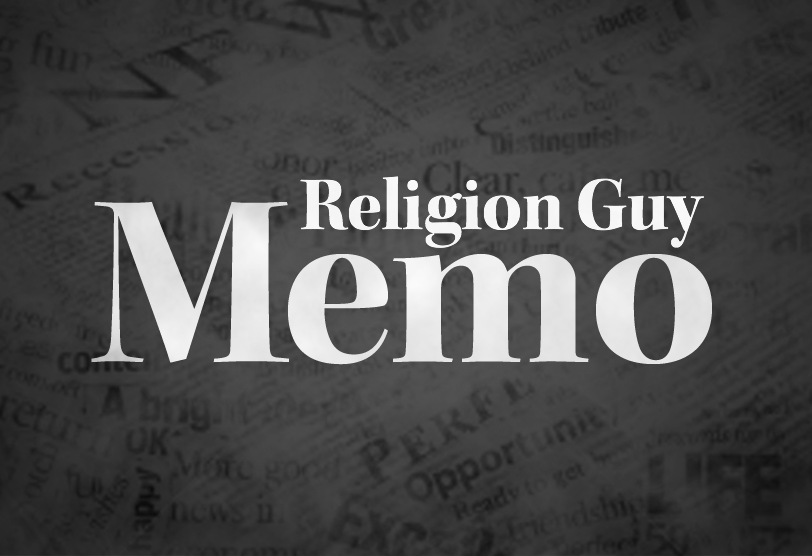It's one of the most famous phrases in the world of medical ethics: "primum non nocere." That's Latin, of course. It means, "First do no harm."
Ah, but who gets to make the ultimate decision about whether a particular medical procedure or strategy for care will do harm to a patient? Is that ethical/moral call up to the patient, the doctor, the doctor's boss, an insurance company or even lawyers representing the U.S. government?
Now flip that question around. What if doctors pledged something like this: "First, do good." Who gets to decide what is good? Clearly, there are legal, ethical and, yes, religious questions linked to these decisions and that has been the case for centuries.
So let's pull these ancient questions and values into our litigious age.
A patient requests an abortion, perhaps even in the second or third trimester. The doctor (or perhaps a nurse) is an orthodox Catholic, a Mormon, a traditional Muslim, an Eastern Orthodox Christian, an Orthodox Jew or someone else with a deep and consistent belief that it would be wrong, a mortal sin even, to take part in this procedure. Some questions linked to medical care for trans patients, especially children, would create a similar ethical/theological crisis. Doctors do not agree on what causes "harm." Many disagree on what is "good."
How do reporters cover stories linked to these debates? First, do no journalistic harm?
Hold that thought. Here is the top of a Washington Post feature -- from the national desk, not the religion team -- on this semi-new front in America's culture wars.
The Trump administration will create a new conscience and religious freedom division within the Health and Human Services Department to ease the way for doctors, nurses and other medical professionals to opt out of providing services that violate their moral or religious beliefs.


